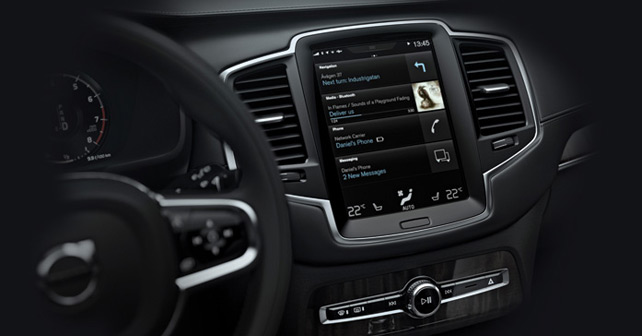
Pop quiz: Which was the last car to come from the factory with a tape deck? Considering tapes were abandoned, on the whole, by music companies in the early 2000’s, it may surprise you to learn that the last available car with a tape deck as standard was the 2010 Lexus SC 430. A terrible car, yes, but it appealed to older folk with its creamy V8 and wobbly open-top configuration. The balding and the grey still clung to their cassettes, so for five or so years, they were able to listen to their hissy, midtone-heavy music on those tiny magnetic rolls. Recently I tested the Volvo V60, and in this humble writer’s opinion, the best sound systems for the money are to be found in Volvos. The clarity, bass and lack of distortion at volume means that if you value music, a Volvo is a great choice. The fact that it’s also supremely safe is a welcome bonus, but I digress. The music was crystal clear, even when streamed using Bluetooth. It got me thinking about entertainment in cars: Which technology has worked, and which has fallen by the wayside? Eight-track tapes didn’t last too long, as the cassette tape put paid to how cumbersome they were. The CD remained the universal choice for decades, due to its sound quality and easy storage. But today, it seems that either everyone uses a 3.5mm jack to plug in their music, or they stream using Bluetooth. When was the last time you saw someone pull out their CD collection and go leafing through it to find a particular track? Phones and iPods are now the norm. Every new car has provision for both, or for either, which is great. But what about videos? It seems technology hasn’t quite kept up with video formats. Look through a list of specs for a Range Rover, Bentley or Rolls-Royce, for example, and you’ll find that they will play DVDs. But with the world’s shift towards high-definition video, how many cars can play a Blu-ray disc? None. Volkswagen continues to insist on installing SD card slots in its cars, but I’ve yet to hear of anyone using them to play music or watch videos on them. And therein lies another problem – formats. Video standards have changed. Years ago it was AVI or WMV. Now, the standard is MP4 or MKV. How many manufacturers support them? Even DivX or Xvid aren’t supported. The cynics might say that it’s to dissuade pirating of videos. But I think it’s a bit less complicated – the in-car tech just won’t handle the processing required. With the amount of information being fired around a car – engine calculations, traction and stability control, climate control – and the amount of sensors being used, there isn’t currently enough grunt to handle the hundreds of video and audio formats in use. Oh, sure, there’s an 80GB on board drive, but these days we’re into the terabytes. If we can have a car make load calculations and adjust suspension settings every 2.5 milliseconds, surely we can also put another few chips and boards in use to handle the new media we’re seeing. It’s all a matter of cost. But do manufacturers want to spend that extra money? People vote with their wallets – pretty soon they’ll have to catch up. Gen Y and Gen Z are living in a tech-savvy world. Blu-ray, MKV and FLAC are all part of the vernacular. If car makers want to appeal to them, it’s time to start talking their language.























Write your Comment